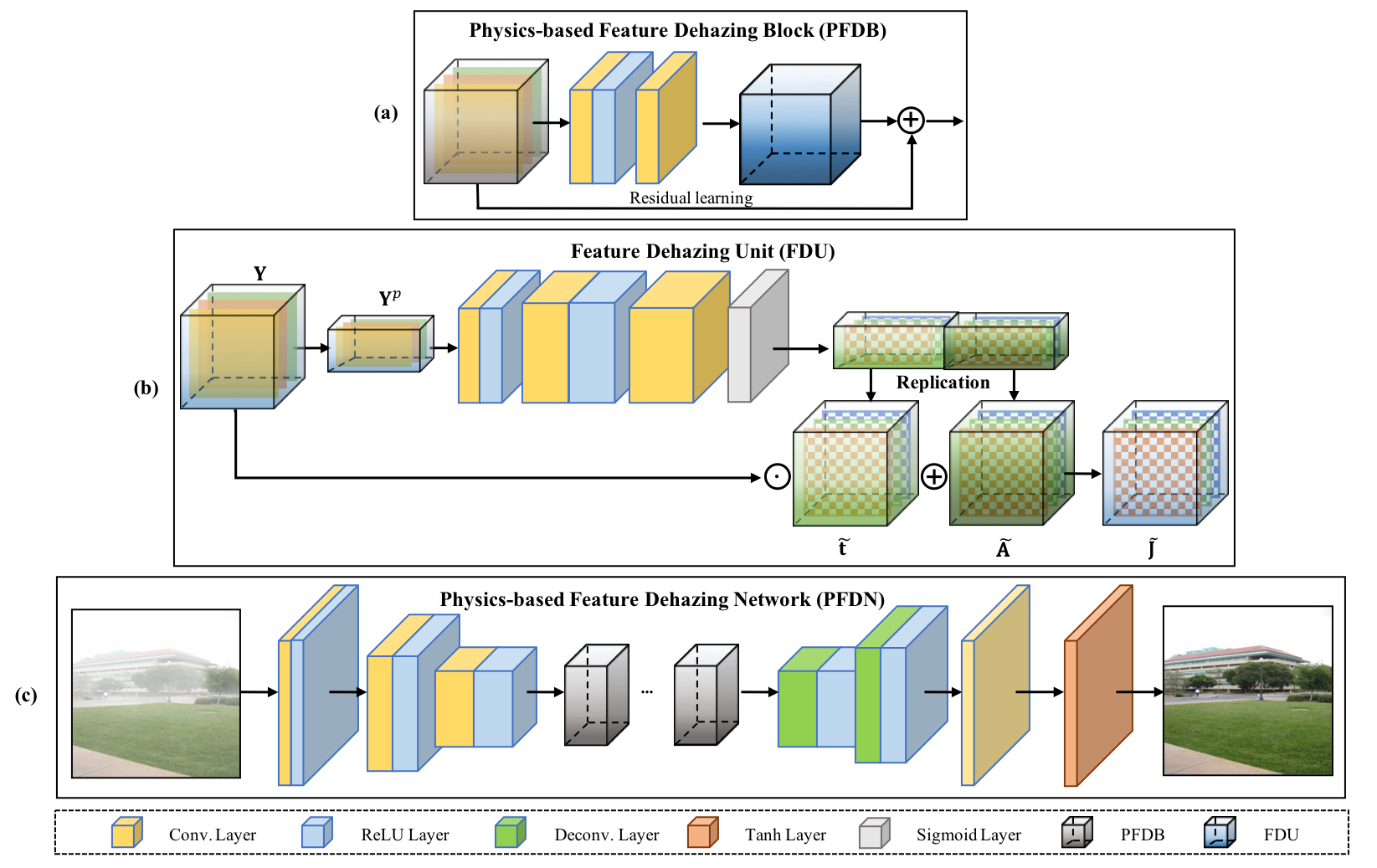
Jiangxin Dong Jinshan Pan
Abstract
We propose a physics-based feature dehazing network for image dehazing. In contrast to most existing end-to-end trainable network-based dehazing methods, we explicitly consider the physics model of the haze process in the network design and remove haze in a deep feature space. We propose an effective feature dehazing unit (FDU), which is applied to the deep feature space to explore useful features for image dehazing based on the physics model. The FDU is embedded into an encoder and decoder architecture with residual learning, so that the proposed network can be trained in an end-to-end fashion and effectively help haze removal. The encoder and decoder modules are adopted for feature extraction and clear image reconstruction, respectively. The residual learning is applied to increase the accuracy and ease the training of deep neural networks. We analyze the effectiveness of the proposed network and demonstrate that it can effectively dehaze images with favorable performance against state-of-the-art methods.
Network Architecture

|
| Figure 2. Network architecture of the proposed feature dehazing unit (FDU, i.e., Figure 1(b)). |

|
| Figure 3. Network architecture of the proposed physics-based feature dehazing block (PFDB, i.e., Figure 1(a)). |

|
| Figure 4. Network architecture of the proposed physics-based feature dehazing network (PFDN, i.e., Figure 1(c)). |
Visual Comparisons
Synthetic Examples

|
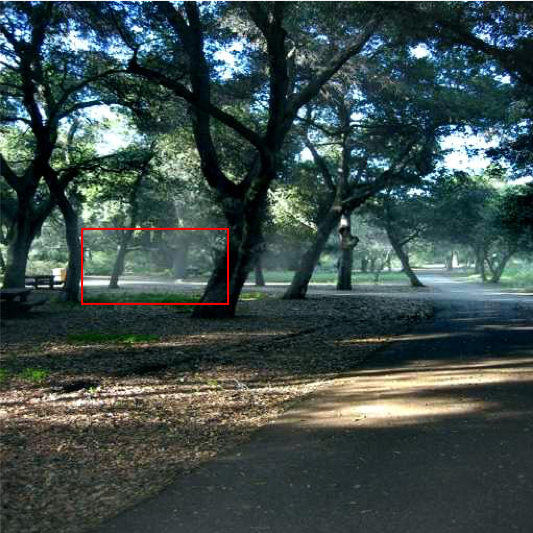
|
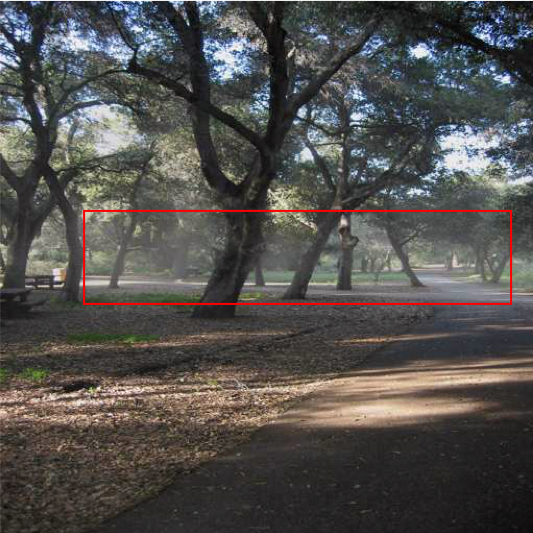
|
| Hazy image | MSCNN | DehazeNet |
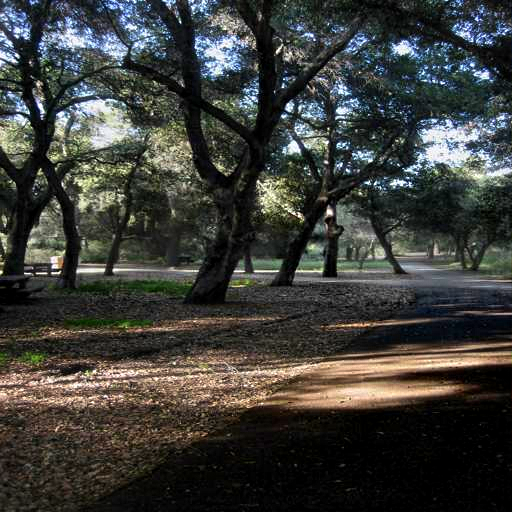
|

|
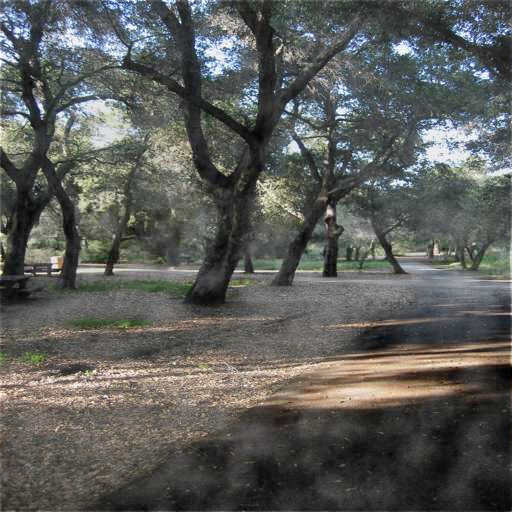
|
| GFN | DCPDN | DualCNN |
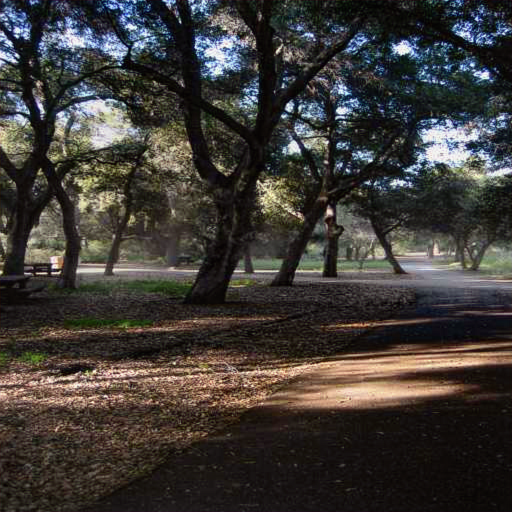
|
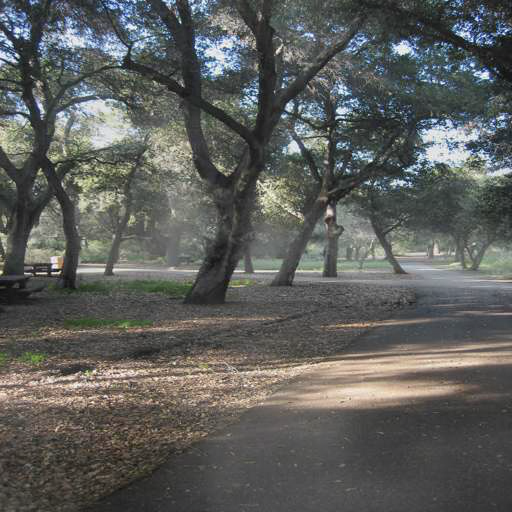
|
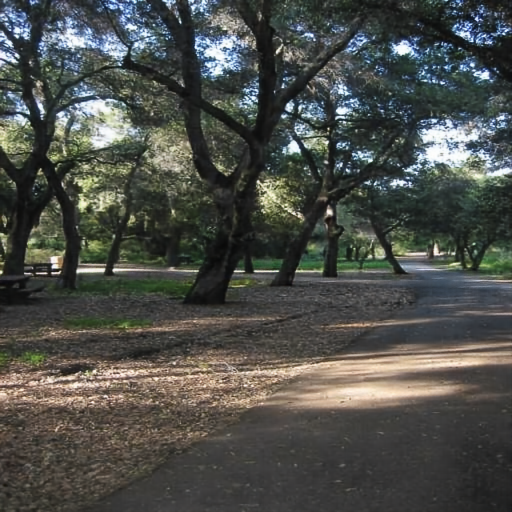
|
| EPDN | GDN | Ours |
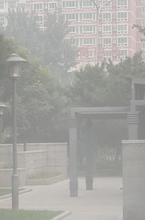
|
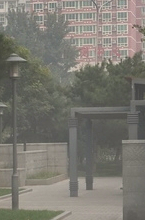
|
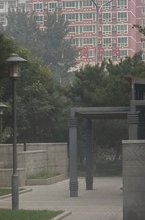
|
| Hazy image | MSCNN | DehazeNet |

|
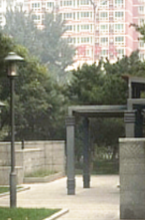
|
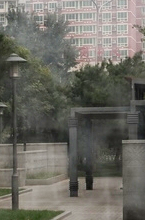
|
| GFN | DCPDN | DualCNN |
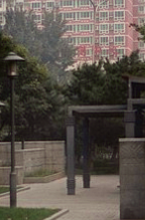
|
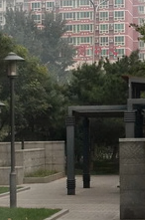
|
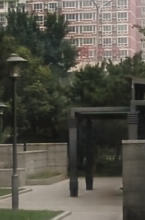
|
| EPDN | GDN | Ours |
Real Examples

|

|
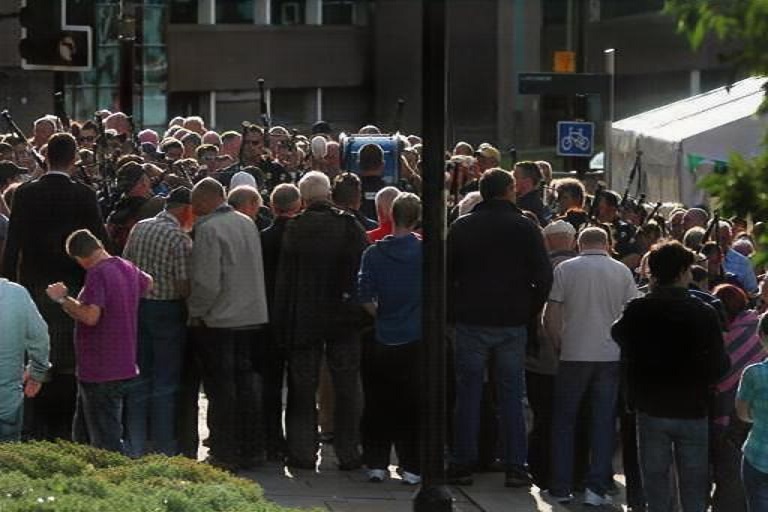
|
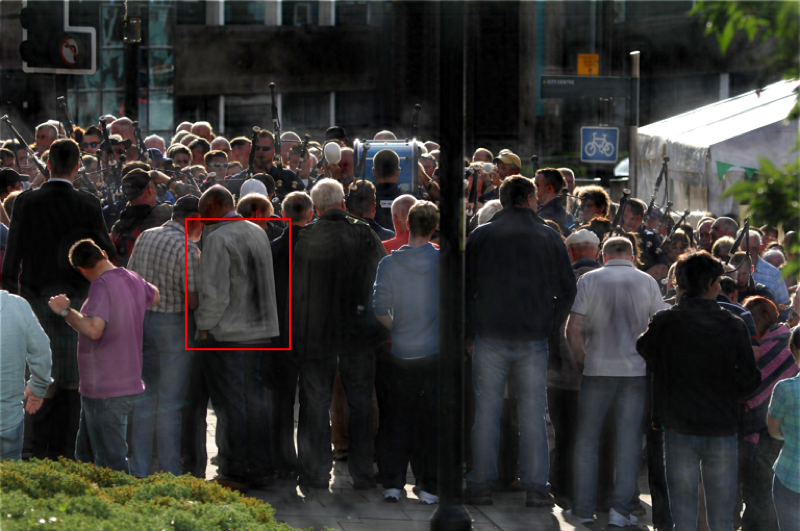
|
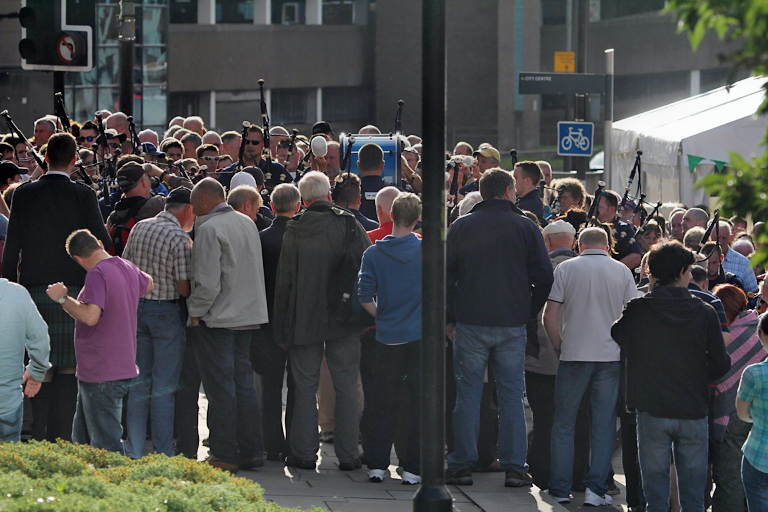
|
| Hazy image | GFN | cGAN | DualCNN | Ours |

|
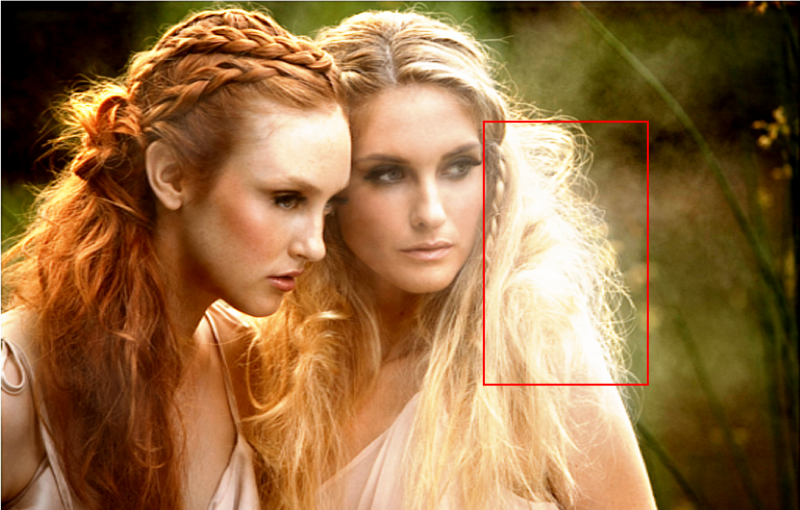
|

|
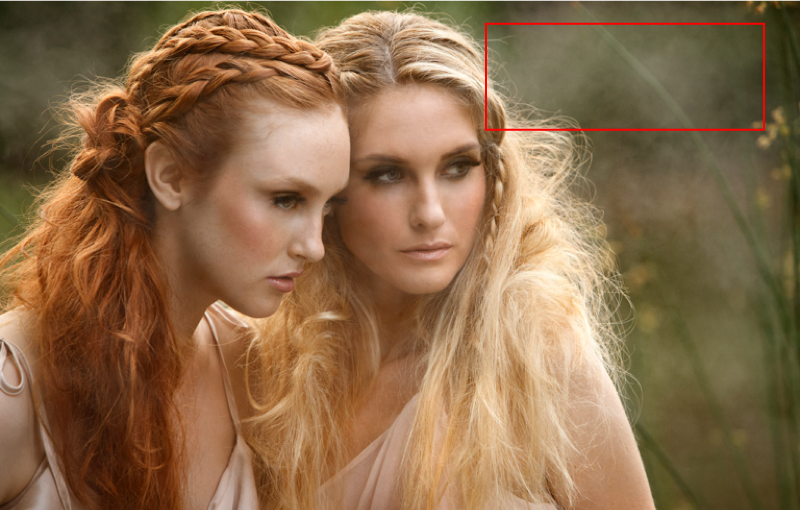
|

|
| Hazy image | DCPDN | EPDN | GDN | Ours |

|
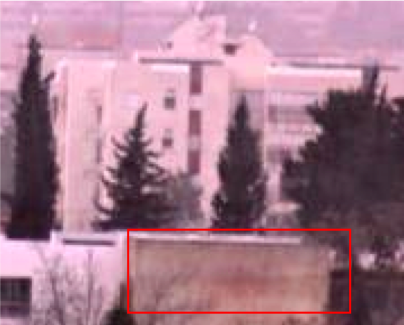
|

|
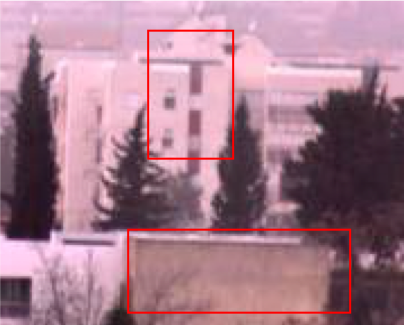
|
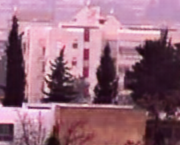
|
| Hazy image | DualCNN | DCPDN | GDN | Ours |
Technical Papers, Codes, and Datasets
References
[1] Berman, D., Treibitz, T., Avidan, S.: Non-local image dehazing. In: CVPR. pp. 1674–1682 (2016).
[2] Cai, B., Xu, X., Jia, K., Qing, C., Tao, D.: Dehazenet: An end-to-end system for single image haze removal. IEEE TIP 25(11), 5187–5198 (2016).
[3] He, K., Sun, J., Tang, X.: Single image haze removal using dark channel prior. IEEE TPAMI 33(12), 2341–2353 (2011).
[4] Li, B., Peng, X., Wang, Z., Xu, J., Feng, D.: Aod-net: All-in-one dehazing network. In: The IEEE International Conference on Computer Vision (ICCV) (2017).
[5] Li, B., Ren, W., Fu, D., Tao, D., Feng, D., Zeng, W., Wang, Z.: Benchmarking single-image dehazing and beyond. IEEE TIP 28(1), 492–505 (2019).
[6] Li, R., Pan, J., Li, Z., Tang, J.: Single image dehazing via conditional generative adversarial network. In: CVPR. pp. 8202–8211 (2018).
[7] Liu, X., Ma, Y., Shi, Z., Chen, J.: Griddehazenet: Attention-based multi-scale network for image dehazing. In: ICCV (2019).
[8] Pan, J., Liu, S., Sun, D., Zhang, J., Liu, Y., Ren, J.S.J., Li, Z., Tang, J., Lu, H., Tai, Y.W., Yang, M.H.: Learning dual convolutional neural networks for low-level vision. In: CVPR. pp. 3070–3079 (2018).
[9] Qu, Y., Chen, Y., Huang, J., Xie, Y.: Enhanced pix2pix dehazing network. In: CVPR (2019).
[10] Ren, W., Liu, S., Zhang, H., Pan, J., Cao, X., Yang, M.H.: Single image dehazing via multi-scale convolutional neural networks. In: ECCV. pp. 154–169 (2016).
[11] Ren, W., Ma, L., Zhang, J., Pan, J., Cao, X., Liu, W., Yang, M.H.: Gated fusion network for single image dehazing. In: CVPR. pp. 3253–3261 (2018).
[12] Zhang, H., Patel, V.M.: Densely connected pyramid dehazing network. In: CVPR. pp. 3194–3203 (2018).